FREE Shipping on Orders over $89 with Account – Create One Today!
- (844)-859-9400
- Get Help

✓ Moist wound healing environment
✓ Autolytic debridement
✓ Improves rate of healing
✓ Latex-free ointment
✓ Versatile application
✓ Manage difficult-to-dress wounds
✓ Application to granulating, shallow wounds
✓ No additives or preservatives
✓ Odor control
Showing 1–16 of 98 results

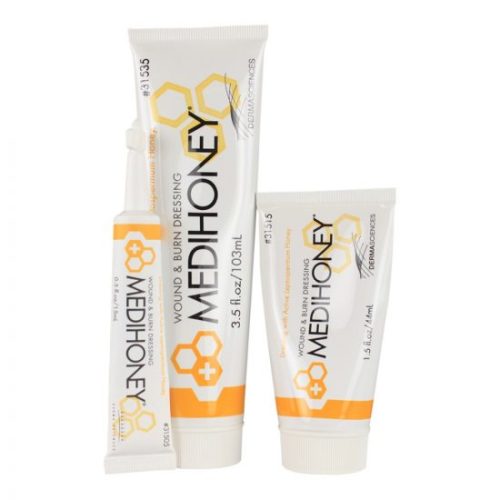
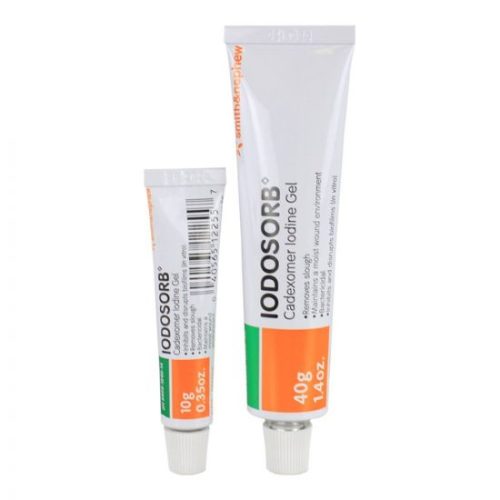
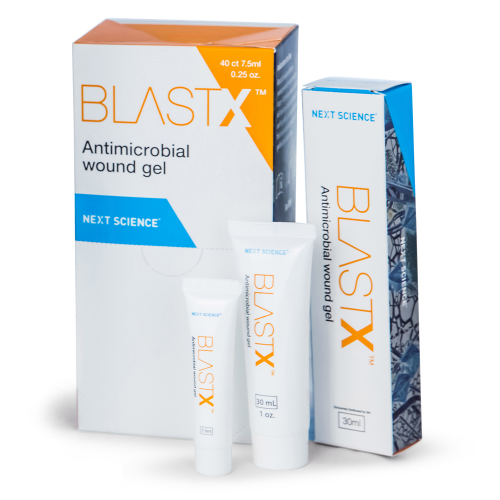
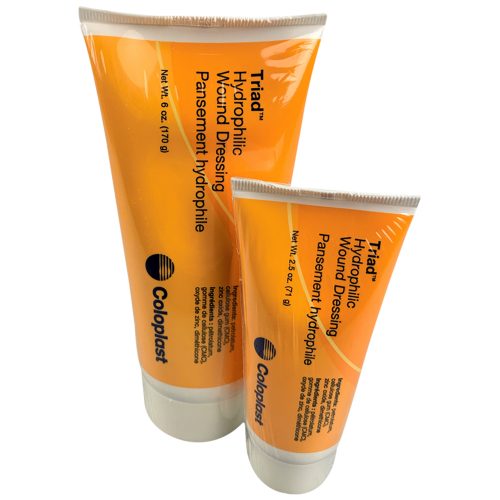
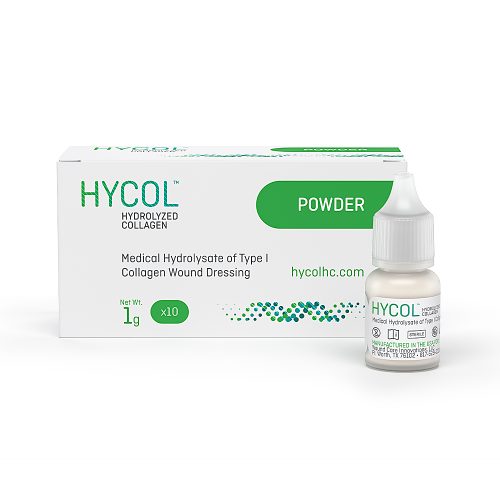
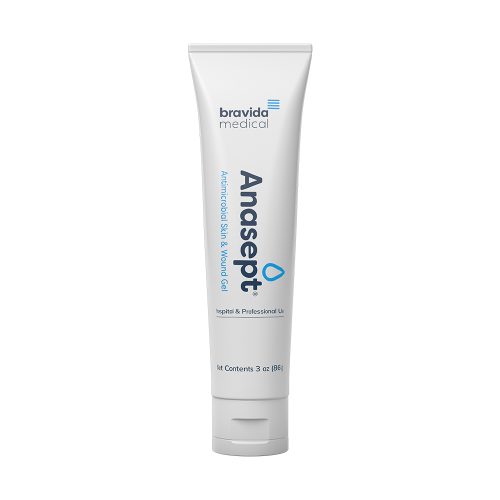
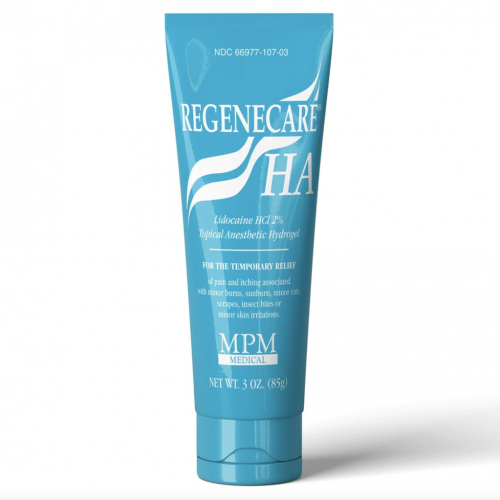

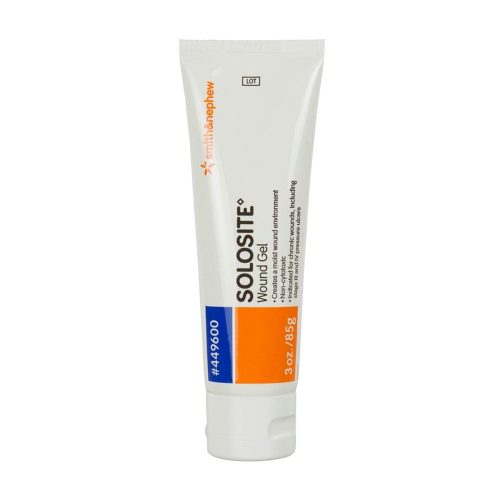



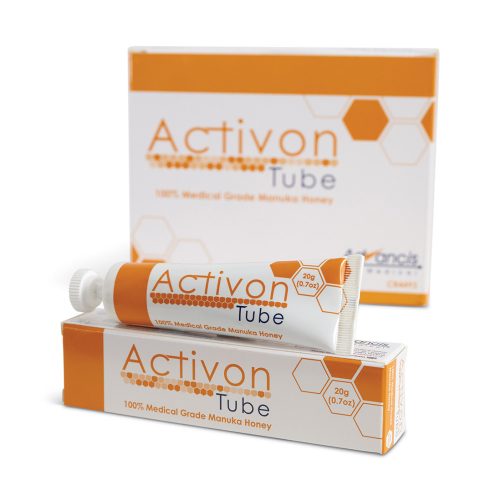
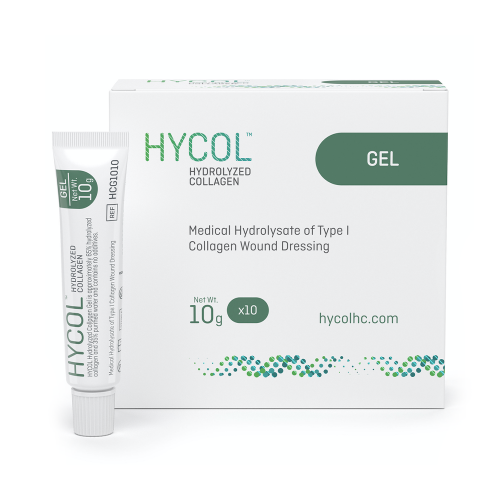
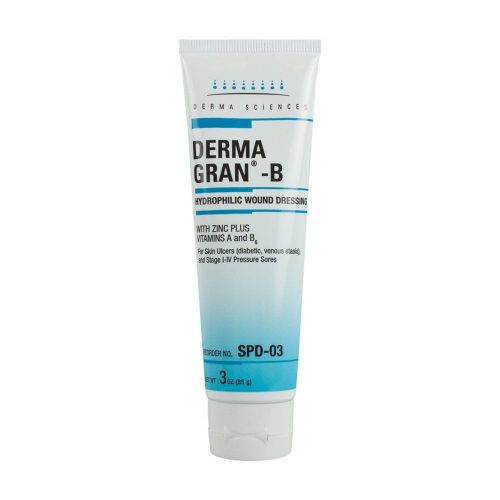
Wound fillers facilitate healing by creating a moist environment, absorbing exudate, naturally debriding the wound bed and filling in empty spaces.
They are available in a variety of forms that may be infused with antimicrobial agents, including granules, powders, gels, pastes and beads.
As they’re added to help heal deep or tunneling wounds, full- and partial-thickness injuries, they are often combined with secondary dressings like gauze or Interdry sheets to create an effective healing environment that prevents bacteria, debris and microorganisms from infecting the area.
To help the injury begin to heal, wound fillers assist with creating a moist environment – one that assists with tissue growth and prevents the skin from drying, which can result in scabbing, scarring and insufficient tissue formation. As well, these formulas:
For deeper, below-the-skin and tunneling injuries, wound fillers:
Alginate Fillers: Made from seaweed, alginate fillers are available as pads or packable ribbons and ropes, such as AQUACEL Ag Advantage. Many contain additional antimicrobial agents like silver, zinc or honey.
Collagen Fillers: Collagen is a natural protein that makes skin strong and pliable. Collagen fillers help speed healing by encouraging new cell growth and providing a framework for new tissue. Find collagen in ropes, powders and gels, some combined with silver or alginate.
Foam Fillers: Foam fillers are pads or ropes made of highly absorbent polyurethane that continuously soaks up exudate to reduce odor while keeping wounds moist. They may be impregnated with silver or other antimicrobial agents.
Gel and Hydrogel Fillers: Wound filler gel like Triad Hydrophilic Wound Dressing will not adhere to wounds and offers a soothing experience for the patient. Choose from gel fillers infused with silver, iodine, collagen or honey, with some in a convenient spray form. Note that hydrogels contain a higher percentage of water than gels do, so gels tend to feel thicker.
Honey Fillers: Honey offers antibacterial, anti-inflammatory and antioxidant properties that have been proven to aid in wound healing. Find honey wound fillers in gel, paste, rope and cream forms, and some are also infused with alginate for additional antimicrobial action.
Hydrocolloid Fillers: Colloids are absorbent elastomer materials that react with wound exudate to form a gel that protects and continuously moistens the wound. Hydrocolloid wound fillers may be infused with silver, alginate or other antimicrobial agents.
Powder Fillers: Powder wound fillers are versatile and easy to use. They require no direct digital contact with the wound, conform to any wound shape or size, and combine with wound exudate to form a soft, protective gel. Find them infused with collagen or alginate as well.
Silver Fillers: Ionic silver brings a broad range of antimicrobial action to wound care and is often infused into gel, rope, paste, powder and packing gauze fillers, sometimes combined with alginate.
These solutions may be used with:
Wound fillers should not be used with dry wounds. A secondary dressing helps keep the filler contained as the wound begins to heal.